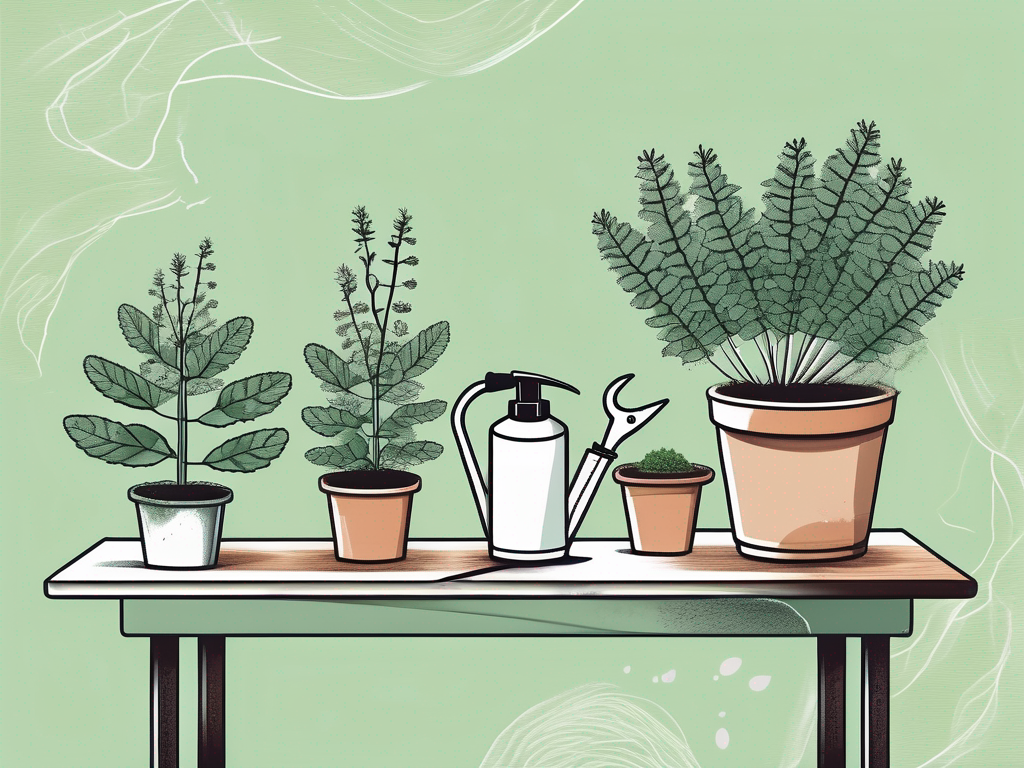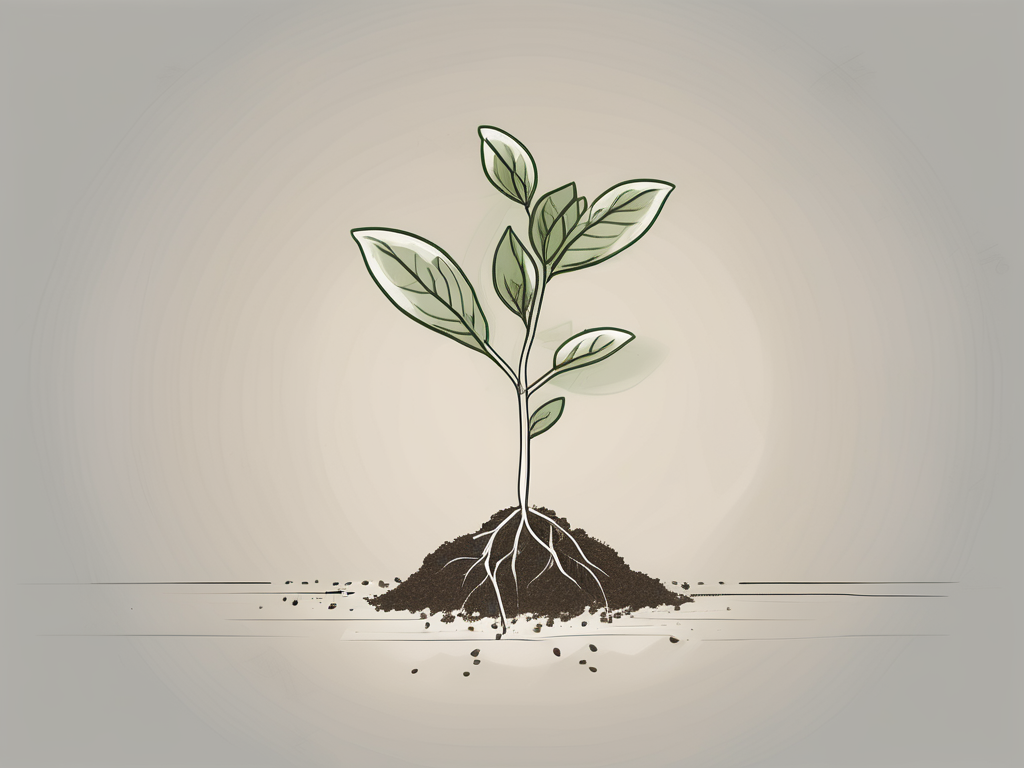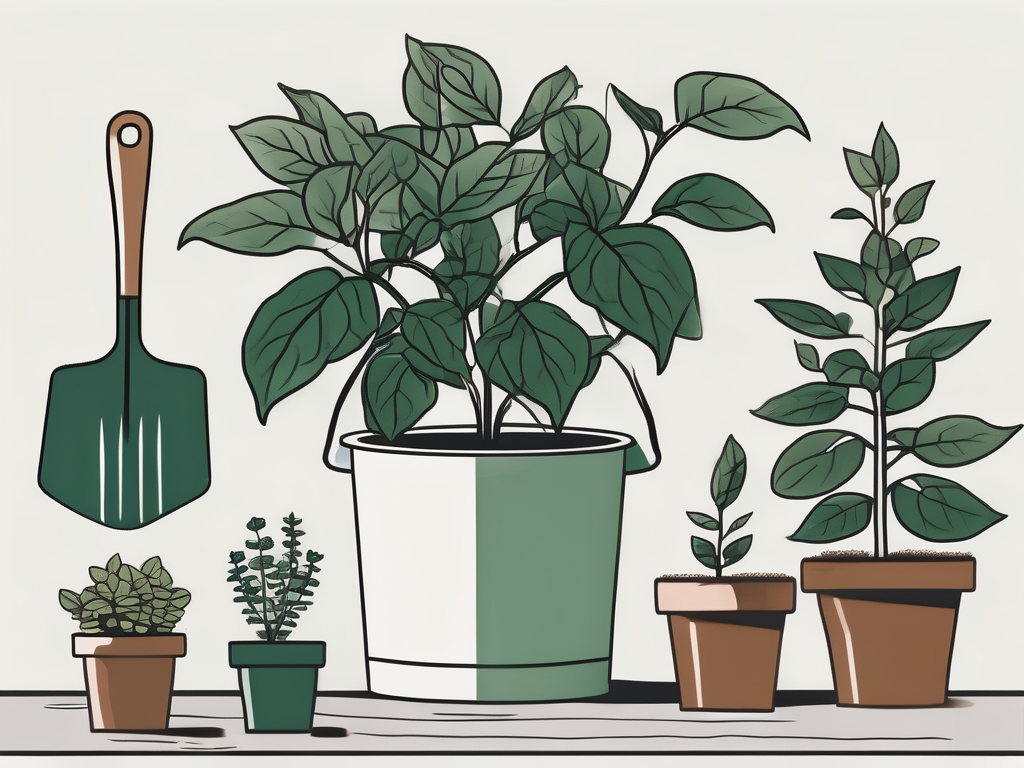
The Sensitive Plant, also known as Mimosa pudica, is a fascinating little creature. It's one of those plants that reacts to touch, closing its leaves as if shyly retreating from the world. This unique behavior captures the hearts of many plant lovers, making it a popular choice for home gardens. But how do you go about propagating this sensitive soul? Stick around, and we'll walk through the process together.
In this article, we'll cover everything you need to know to propagate your Sensitive Plant successfully. From gathering supplies and understanding the best techniques to providing the right environment for growth, we've got you covered. Let's get started!
Understanding the Sensitive Plant
Before we dive into the steps of propagation, it's helpful to know a bit about the Sensitive Plant itself. Native to South and Central America, Mimosa pudica is a perennial herb that's become a favorite in indoor plant collections around the world. Its most charming feature is its ability to fold up its leaves when touched or shaken – a defense mechanism against predators.
You'll often find it thriving in tropical climates, where it can grow up to 18 inches tall. In a home setting, it's typically much smaller, but equally captivating. The plant prefers bright, indirect light and well-draining soil, making it a great candidate for indoor growth. Understanding these basic needs helps set the stage for successful propagation.
Choosing the Right Method for Propagation
There are a few methods you can use to propagate your Sensitive Plant, but the two most common are through seeds and cuttings. Each method has its pros and cons, so let's explore them both to find which might be best for you.
Propagation from Seeds
Starting from seeds is perhaps the most straightforward method. It's a bit like starting from scratch, which can be rewarding in its own right. The seeds of the Sensitive Plant are relatively easy to obtain and germinate with a bit of patience.
- Pros: You can grow multiple plants at once, and seeds are usually easy to find and inexpensive.
- Cons: It takes a bit longer to see results, as you'll be waiting for the seeds to germinate and grow.
Propagation from Cuttings
Taking cuttings from an existing Sensitive Plant is another popular option. This method is a bit quicker than starting from seeds, as you're working with a part of the plant that already has developed tissue.
- Pros: Faster results compared to seeds, and you can propagate from a plant you already love.
- Cons: Requires a healthy parent plant, and not all cuttings will successfully root.
Now that we've covered the basics, let's move on to the step-by-step process of each method.
Gathering Your Supplies
Before you start, make sure you have all the necessary supplies on hand. Here's a checklist to get you started:
- For Seed Propagation:
- Sensitive Plant seeds
- Seed-starting tray or small pots
- Potting soil or seed-starting mix
- Plastic wrap or a humidity dome
- Spray bottle filled with water
- For Cutting Propagation:
- Healthy Sensitive Plant for cuttings
- Sharp scissors or pruning shears
- Rooting hormone (optional)
- Small pots with potting soil
- Plastic wrap or a humidity dome
Having everything ready will make the process smoother and more enjoyable. Plus, you'll feel like a real plant pro with all your tools at your disposal!
Step-by-Step Seed Propagation
Growing Sensitive Plants from seeds is a rewarding experience, and here's how you can do it:
1. Preparing the Seeds
Start by soaking the seeds in warm water for about 12 to 24 hours. This helps soften the outer shell, making it easier for the seeds to germinate. It's a bit like giving them a little spa treatment before they embark on their growth journey.
2. Planting the Seeds
Fill your seed-starting tray or pots with a light potting mix. Plant the seeds about 1/4 inch deep, covering them lightly with soil. Be gentle here – think of it as tucking them in for a long nap.
3. Creating the Right Environment
After planting, cover the tray or pots with plastic wrap or a humidity dome to retain moisture. Place them in a warm, bright spot, but avoid direct sunlight, as it can be too intense for the young seeds. Maintain a temperature of around 70-75°F (21-24°C) for optimal growth.
4. Watering and Care
Keep the soil consistently moist but not soggy. Using a spray bottle is a great way to mist the soil without disturbing the seeds. Within a couple of weeks, you should see tiny sprouts emerging – a promising sign that your efforts are paying off!
Step-by-Step Cutting Propagation
If you're eager to see quicker results, propagating from cuttings might be the way to go. Here's how to do it:
1. Selecting the Right Stem
Choose a healthy stem from your parent plant, ideally one that's at least 4-6 inches long with a few leaves. Make a clean cut using sharp scissors or pruning shears, cutting just below a node (where the leaf meets the stem).
2. Preparing the Cutting
Remove any leaves from the lower half of the cutting. If you're using rooting hormone, dip the cut end into the powder – this can help stimulate root growth, but it's not strictly necessary.
3. Planting the Cutting
Insert the cutting into a small pot filled with potting soil. Firm the soil around the stem to support it. Cover the pot with plastic wrap or a humidity dome to maintain high humidity, which is crucial for root development.
4. Providing Proper Conditions
Place the pot in a warm, bright location with indirect light. Keep the soil slightly moist by misting it with water regularly. In a few weeks, you should notice new growth, indicating that roots have developed.
Caring for Your New Plants
Whether you've started from seeds or cuttings, your new Sensitive Plants will need some TLC to thrive. Here are some tips to keep them healthy:
- Light: Provide bright, indirect light. Too much direct sunlight can scorch the leaves, while too little light can stunt growth.
- Watering: Keep the soil consistently moist, but be careful not to overwater. The top inch of soil should dry out slightly between waterings.
- Humidity: Sensitive Plants love humidity, so consider misting them regularly or placing a small humidifier nearby.
- Fertilizing: Feed your plants with a balanced liquid fertilizer every 4-6 weeks during the growing season (spring and summer).
With the right care, your propagated plants will flourish, adding a touch of magic to your indoor garden.
Common Issues and Troubleshooting
Propagation can sometimes come with challenges. Here are a few common issues you might encounter:
1. Seeds Not Germinating
If your seeds aren't sprouting, double-check the conditions. Are they warm enough? Is the soil consistently moist? Sometimes, seeds can be stubborn, so don't be afraid to try again with fresh seeds.
2. Cuttings Wilting
Wilting cuttings might indicate they're not getting enough humidity or moisture. Make sure the humidity dome or plastic wrap is secure and that the soil remains slightly moist.
3. Slow Growth
If your plants are growing slowly, assess their light conditions. They might need more light to boost growth. Consider moving them to a brighter spot, but avoid direct sunlight to prevent damage.
Troubleshooting can sometimes feel like detective work, but with patience and a bit of trial and error, you'll likely find a solution.
Integrating Sensitive Plants into Your Home Decor
Once your Sensitive Plants are thriving, you might wonder how to incorporate them into your home decor. Here are some ideas:
- Table Centerpiece: Place a group of Sensitive Plants in decorative pots on your dining table. Their interactive nature is sure to spark conversation!
- Window Display: Arrange them on a windowsill where they'll receive bright, indirect light. Pair them with other tropical plants for a lush, green look.
- Office Companion: Keep a Sensitive Plant on your desk. Its touch-sensitive nature can provide a little distraction and entertainment during work breaks.
The Sensitive Plant's unique characteristics make it a delightful addition to any space, bringing a bit of whimsy and wonder wherever it's placed.
Final Thoughts
Propagating a Sensitive Plant can be a fun and rewarding project, whether you're starting from seeds or cuttings. Understanding the plant's needs and providing the right environment is key to success. With the steps we've outlined, you're well on your way to growing these fascinating plants.
At Cafe Planta, we're passionate about helping plant parents like you succeed. Whether you're looking for new plants, care tips, or plant-themed apparel, we're here to support your journey. If you have questions, feel free to email us or send a message on Instagram. Let's grow together!












